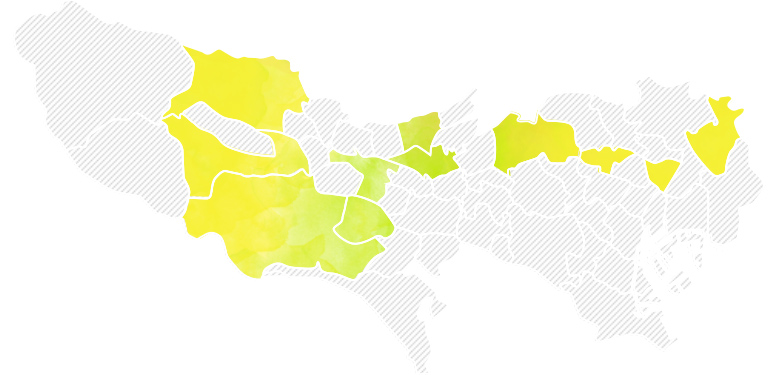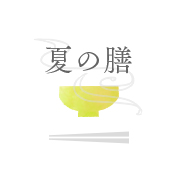-
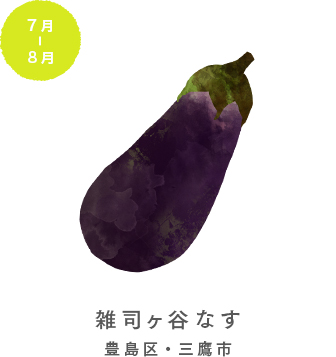
In the Edo era there were eggplants called “mountain eggplants”. Of these, those of Zoshigaya Village (Zoshigaya, Toshima Ward) were known for their wonderful flavor, and were called “Zoshigaya eggplants”. They are firm and perfect for stews. They become distinctly viscous and slightly sweet when heated.
-
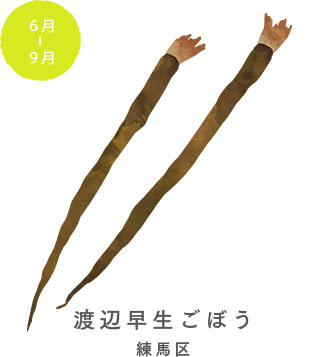
Watanabewase burdock, grown in Nerima Ward, was registered in the 1930s as a burdock cultivar which grew faster than conventional Takinogawa burdock. It is notable for its somewhat thin neck and overall fleshiness.
-
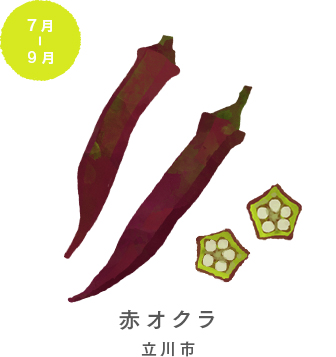
Anthocyanin gives red okra its reddish-purple color. When heated it becomes a deep green, so it is used raw for more colorful plating. When serving raw, the fine hairs on the surface should be removed, and then the okra can be sliced thinly.
-
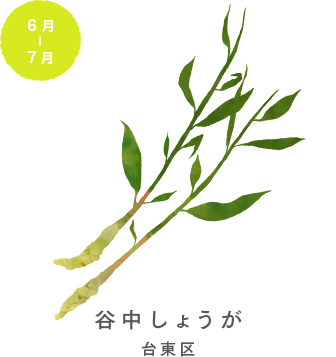
Yanaka ginger has been grown since the Edo era in Yanaka Honson. It has thick roots and a wonderful bouquet. It isn’t too hot, so it can even be eaten raw. Plants with shoots whose bases are bright red are especially prized.
-
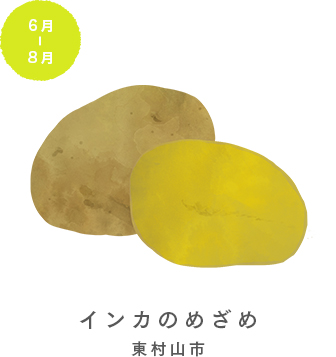
This cultivar was created in a Hokkaido laboratory in 1988. It is vulnerable to disease and pests, so production quantities are low. These yellowish potatoes have a nutty flavor. They have a high sugar concentration of 6 to 8 degrees, and a sweetness and rich taste reminiscent of chestnuts and sweet potatoes.
-
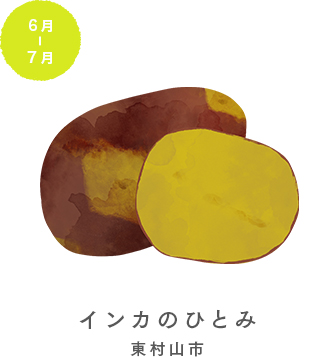
This cultivar, developed in 1995, features the fragrance of Inca no Mezame potatoes, but with a smoother texture. They can also be harvested in larger quantities. They are also well suited as accompaniments to salads.
-
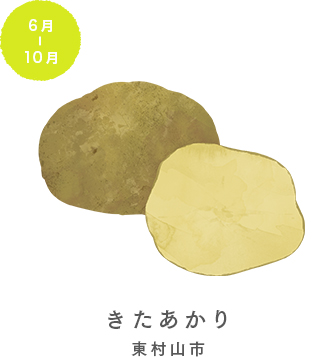
Kitaakari potatoes were registered as a new cultivar in 1987. They were cultivated in Hokkaido, but are also grown in Higashi-Murayama. They resemble Danshaku potatoes, but are yellow and have a fluffy texture. They are sweet and fragrant, and taste great with butter.
-
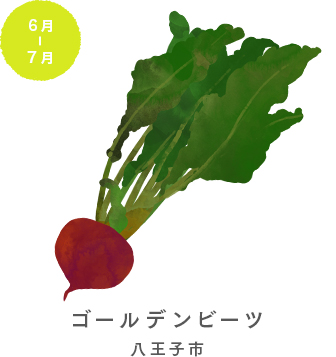
Beets are often mistaken for being relatives of Japanese radishes or turnips, but they are actually Chenopodiaceae, in the same family as spinach. They are notable for their slightly earthy sweetness. Essential for borscht, they can also be eaten raw as a salad vegetable when thinly sliced.
-
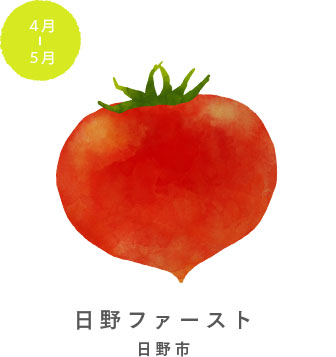
This tomato cultivar is a specialty of Hino City. It has a pointed bottom and firm skin. There are many fans of the sweet, juicy flavor of this popular tomato.
-
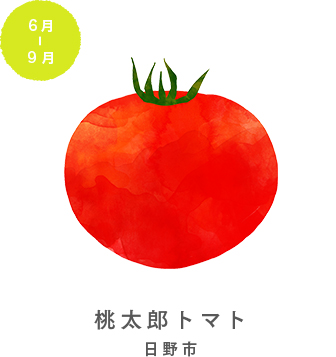
A tomato brand released in 1985. The breed can be shipped fully ripe due to its tough qualities. With solid fruit and high sugar rates, it is a signature fruit tomato.
-
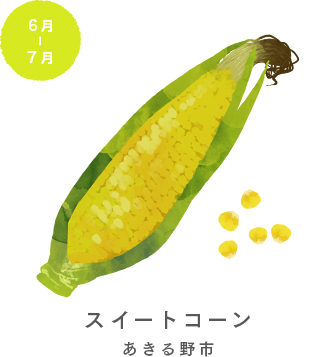
Corn from Akiruno is quite sweet, and has large kernels. There are many varieties, and we recommend comparing different types after freshly picking them. Corn fields stretch along the Itsukaichi Kaido road.
-
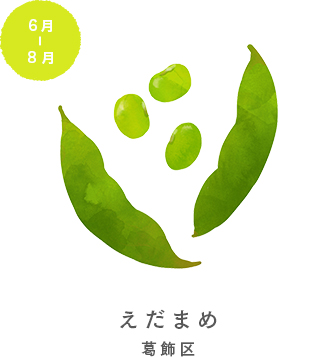
Green soybeans Katsushika ward was formerly a thriving agricultural area with old farms. Green soybeans, the specialty product of the area, need to be fresh because of a quality which drops rapidly after produce. The green soybeans can be bought on the day of harvest at direct sales depots, promising a very sweet flavor.
-
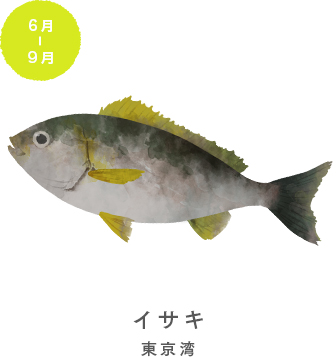
The threeline grunt spawning season extends from the rainy season to the summer. During this period, these fish are in season, with excellent fatty content. Fishing is permitted in Tokyo Bay starting in June. These fish are great as sashimi, but their thick flesh also makes them well suited for grilling with salt or for use in sautés.
-
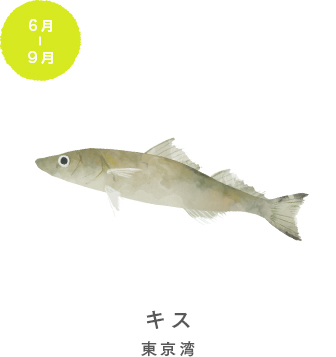
Smelt-whitings can be caught year-round, but they are best during their spawning season, from early to mid-summer. They are famous for their use in Edomae tempura. They are also often combined with kelp in Edomae sushi. Large smelt-whitings are also delicious as sashimi.
-
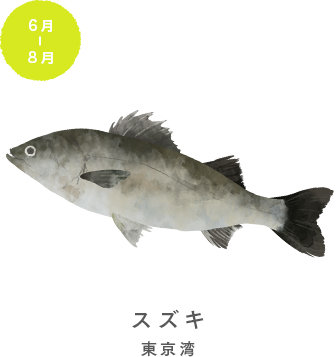
Japanese seabass is one of the kings of summer whitefish, and Tokyo Bay is its top fishing ground. The film which coats the skin is somewhat smelly, and it is important to avoid getting the film on oneself when preparing the fish. It tastes wonderful as sashimi, grilled with salt, or deep-fried.
-
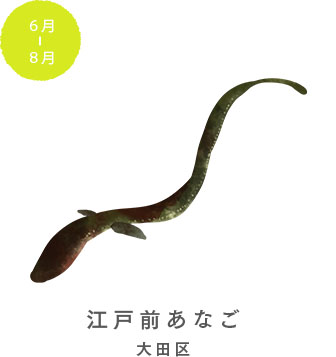
Conger eel, caught in Tokyo Bay, has been eaten since the Edo era. Conger eels are fatty, with short and stout bodies and small heads. Conger eels with golden stomachs are especially fatty and delicious.
-
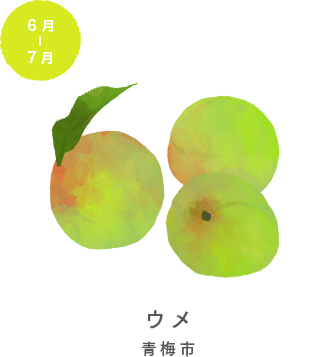
The city of Ome (which means “green plum”) was named after the green plums growing on the plum trees planted by Taira No Masakado. These plums, grown without agricultural chemicals, are shipped out over the course of a month and used in pickled plums, plum liqueur, plum miso, and other foods.
-
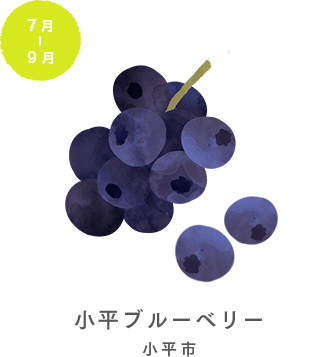
Blueberry shrubs from America were planted by a farmer in Kodaira City in 1963. Blueberries are normally thought of as ingredients in jams and western pastries, but they can also be used in Japanese sweets such as dorayaki and daifuku, as well as to make blueberry wine.











